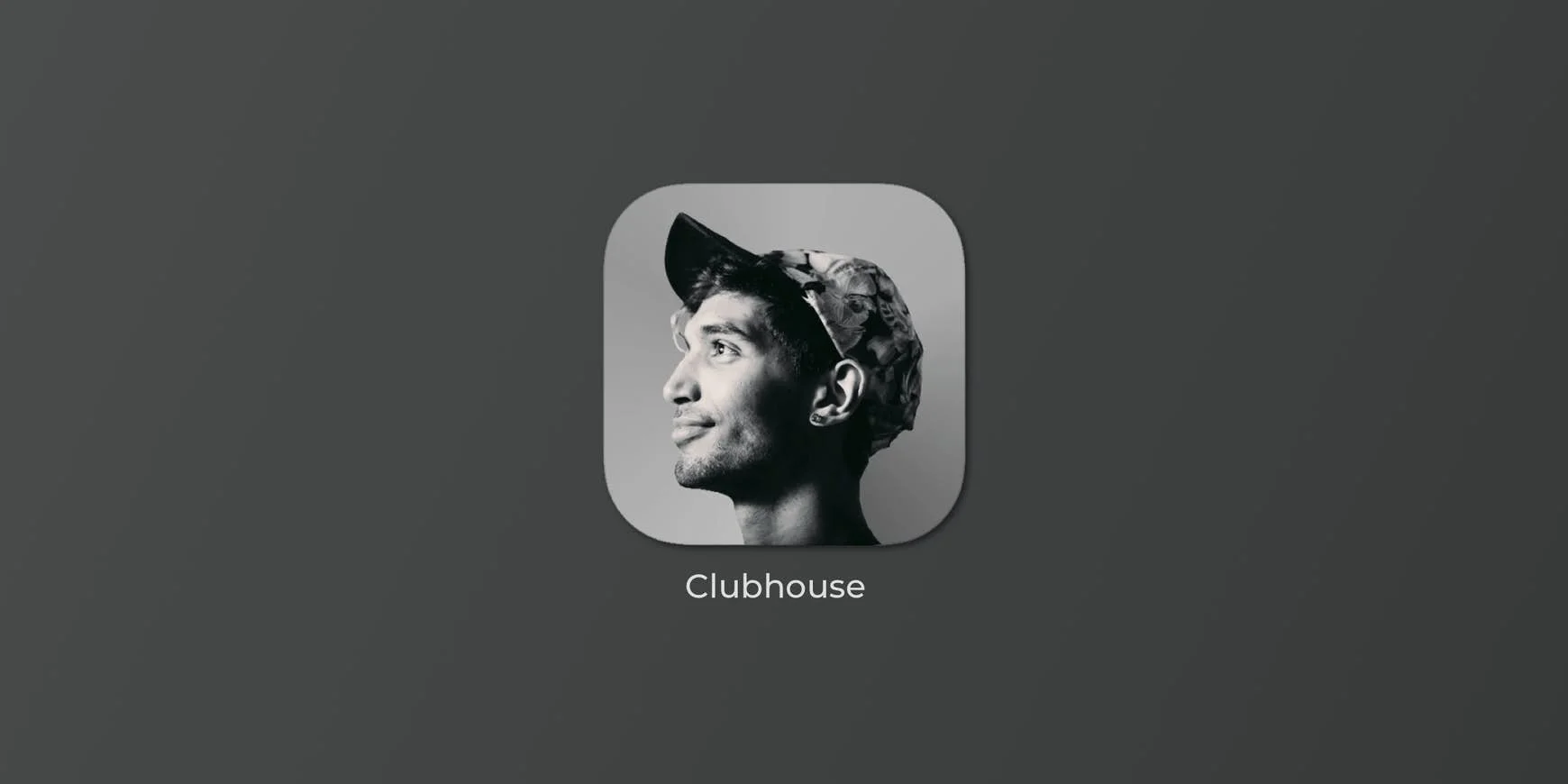There’s a wealth of information about content marketing online, from ultimate guides that cover every possible aspect of the process to fun listicles of businesses that are doing content marketing right.
The only problem is that most of the examples you find in content marketing guides have little in common with the average business. Dig into the list linked above and you’ll notice that all six are marketing companies - not exactly a representative sample of small businesses!
It’s easy to generate interest and attention with content when you’re marketing to marketers. It’s also easy to attract attention when you’re a remarkable business like Tesla or Uber. But what if your business isn’t remarkable? What if you’re normal at best, and a little boring at worst? This doesn't mean you should confine yourself to traditional marketing tactics.
If you aren't a rock star brand like Apple or Red Bull, there’s no reason to ignore content marketing as a potential sales channel.
With the right strategy and approach, you can make it work. The key is in working out how you can make your “boring” business less boring, at least to the people that are most likely to read and respond to your content.
Below, we’ve shared three techniques that you can use to make content marketing work for your “boring” business. Whether you’re searching for traffic, links, social activity or direct sales, try all three before you write your business off as too boring or conventional for content marketing!
Focus 100% of your attention on reaching people that need you
Pretend you’re in charge of digital marketing for an accounting firm that specialises in helping small businesses deal with debt.
What would you write about? Since you’re not pioneering innovative new technology like Tesla or Apple, there’s little hope of attracting the attention of the mainstream media. Since you offer an extremely private service, it’s unlikely that people will share your content.
Instead of approaching content marketing like a business with broad, mainstream appeal would, by writing for the largest possible audience,“boring” businesses need to focus on writing for the small audience of people that truly, often desperately need their help.
For our example accountancy firm, this means writing helpful, insightful content for the owners of distressed, struggling businesses.
Start this process by making a list of the most common questions you receive from prospects and clients. Below, we’ve listed five questions that people seeking the help of an accountancy firm specializing in debt and insolvency might ask:
I’ve just received a statutory demand. What should I do?
My business is struggling. How do I know if I’m insolvent?
What can I do to collect money from a non-paying debtor?
How can I stop an aggressive creditor from winding up my business?
How can I stop my business from becoming insolvent?
For a large content marketing campaign, you should make a list of at least 20 questions that you frequently receive from prospects and clients. These questions will form the focus of each article and blog post you publish as part of your campaign.
Once you’ve put together a list of questions, check the search volume for related keywords with the AdWords Keyword Planner. This will tell you how large the monthly potential audience is for each blog post you publish.
Select “search for new keywords using a phrase, website or category” and enter your primary keyword to generate a list of related keywords.
Our first example question about statutory demands receives a large amount of searches in the UK, indicating that there’s a significant interest in this topic:
All in all, there are 347 closely related keywords, showing that there’s a large demand for useful information about statutory demands. It’s also clear from the results that the most popular topic related to statutory demands is setting aside a statutory demand.
From this data, we know that an article or blog post like “How to Set Aside a Statutory Demand” will reach an interested, motivated audience. People need information on setting aside statutory demands, and a helpful, step-by-step guide could be very successful for our example business.
In short, the audience for this question needs our example company. They’re a fantastic match for our service and the best way to reach them is through content. As such, an article like this is a no-brainer and an obvious inclusion in any content marketing plan.
This technique can be used for any business, not just an accounting firm. Start by making a list of the questions your existing prospects and customers ask you. Then, verify that people need answers to these questions. If they do, answer them to reach an audience that needs you.
Your business is only “boring” to people that don’t need you. If you solve a problem for someone or provide useful information, you’re no longer boring. Write for people that need your help and you’ll quickly discover an audience that finds your business extremely valuable and interesting.
Find and talk about fun, unique, or inspiring aspects of your business
No matter how boring your business might seem to you, it’s probably far more interesting than you realise. Every business has a fun, unique or inspiring side that, once discovered, can be a significant asset for your content marketing campaigns.
Data from The New York Times Customer Insight Group shows that people share content for a variety of reasons:
49% share content to inform or entertain other people
68% share content to define themselves to friends and peers
78% share content to grow and strengthen relationships
69% share content to feel more involved in the world
84% share content to support causes or issues they care about
Of these five motivations, which can your business tap into?
Do you support an important cause or movement? If so, make it one of the key focuses of your content marketing. Involvement in a nonprofit or charitable cause can make a “boring” business stand out as a vehicle for social improvement and progress.
Even the simplest of businesses can tap into the power of content marketing for social good. In a Moz article, Robin Swire explained how he marketed a car parking business using topics like road safety, drunk driving and parking dangers.
One of the easiest ways to make your boring business more relatable to a wide audience is to talk about how you’ve helped people. If your business provides a service that solves problems, publish a case study explaining how you helped a specific client or customer.
The key is to focus on the few aspects of your business that are fun, unique or inspiring, instead of the hundreds that are boring.
Once you start using this approach, you’ll quickly discover that a lot of “remarkable” businesses are actually just as boring as yours.
Red Bull sells caffeinated energy drinks. It’s remarkable because it focuses on the unique ways people use their energy through extreme sports, risk taking and adventure.
Nike makes shoes and sportswear. It’s a remarkable brand because of its focus on how people use its products to achieve excellence and push the limits of human achievement.
Every business, no matter how boring it may seem, has a unique, remarkable and inspiring sidethat’s perfectly suited to content marketing. Once you discover yours, make it the focus of your content marketing efforts and you’ll quickly notice a measurable improvement in results.
Market your business using helpful tools instead of written content
Many people make the mistake of associating content marketing with written content. Since we typically associate content with articles, blog posts and infographics, it’s a very common mistake to make.
Content is actually far more than just the written word. Your content marketing could be built on helpful YouTube videos that your customers share. It could be built around interactive websites that guide your target audience through a specific process.
One of the best ways to market your “boring” business using content is to build helpful tools that provide value to your target audience.
Let’s return to the accountancy firm example we used above. Many of the questions this type of business receives are related to debt and finances - two topics that are perfect for online tools.
Instead of writing an article about how long it could take to pay off a certain amount of debt at a specific interest rate, our example accounting firm could create an online calculator that works out the repayment periods for business loans, credit card debt and other forms or borrowing.
Or, it could create a tax calculation tool that provides income tax, corporation tax and other tax estimates based on the user’s income or company revenue. Or a VAT calculator that works out roughly how much a company owes for its next VAT return!
Online tools are fantastic content marketing assets for businesses that solve problems. Since they provide valuable information based on user input, they’re built for sharing. They also help generate leads by attracting a very motivated, specific type of user.
An example of this technique in action is MoneySavingExpert’s mortgage calculator, which gives users the approximate lifetime and monthly cost of their mortgage. Banks like Sainsbury’s Bank and Barclays have similar calculators for car loans and other financial services.
The goal of any effective content is to answer questions and solve problems. If your business is built around helping people with a specific problem, consider using tools and resources as part of your content marketing efforts.
Not only will you attract readers and generate social sharing activity -- you’ll also generate real leads from users that find your online tools via Google Search.
How can your “boring” business market itself using content?
No matter how boring your business might seem, there are people out there who are eager to learn more about you. Through great content, you can reach them.
By focusing on the right audience, delivering the right message and publishing the right type of content, you can transform your business from boring to interesting and generate social activity, links and inbound leads from your content marketing efforts.
After all, your business isn’t as boring as you think. Answer the right questions and speak to the right people and you’ll quickly discover that your business is far more interesting and remarkable than you may have originally thought!
Whether you're a complete beginner, business owner or marketing professional looking to upskill, browse our globally recognised digital marketing courses to find something perfect for you.
Source: Digital Marketing Institute





















